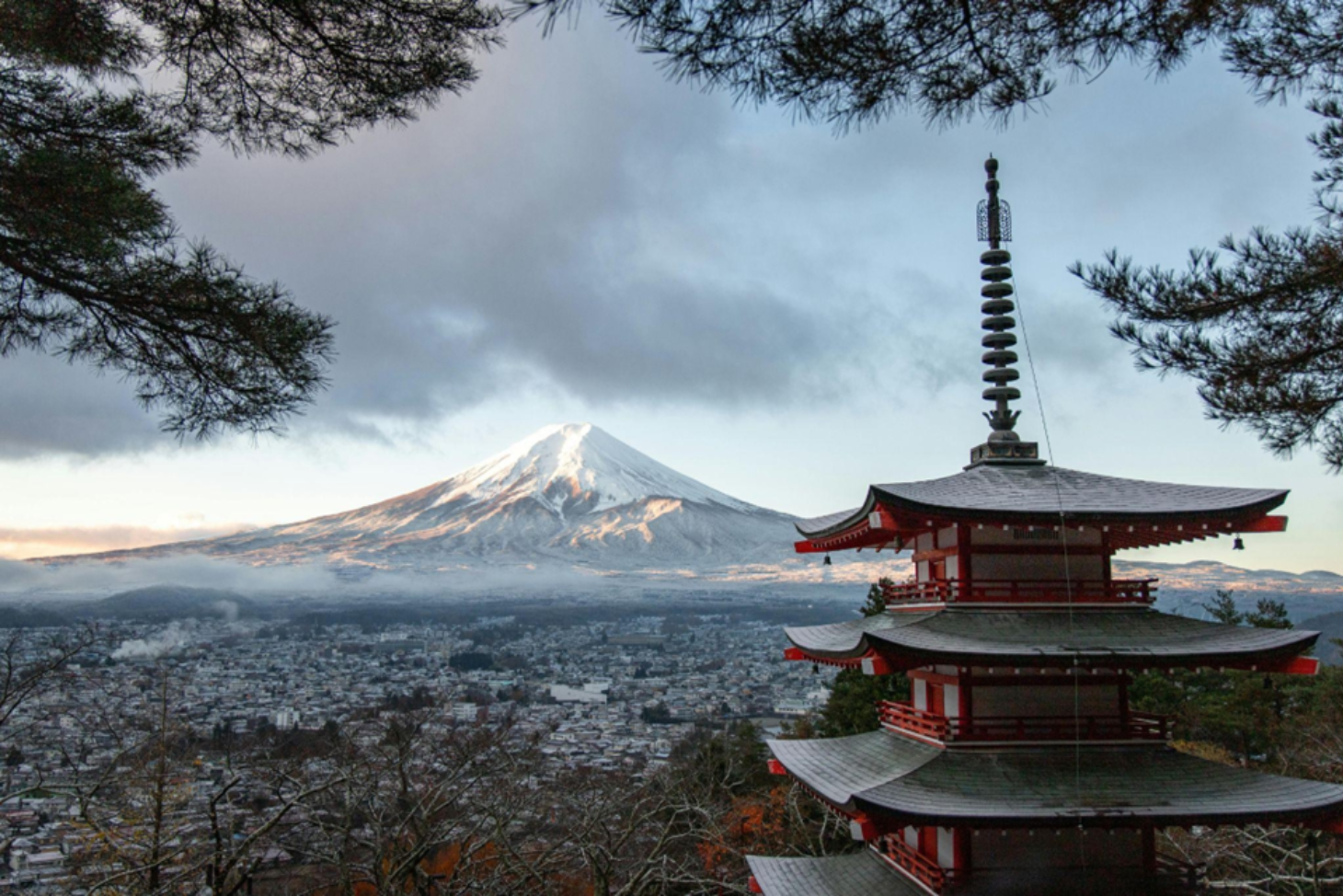


Today we are going to discuss some important information about Mount Fuji. The mountain that is as popular as anime. From doraemon and friends visiting this mountain to japan tourism promoting it, most of us are already aware of this majestic volcano. It is one of the holy mountains of Japan. And not to mention it has become the cultural icon of Japan. In this blog post we will be learning more about its significance, its history and much more.
Mount Fuji has a lot of shrines at different checkpoints on its journey. As you may know Shintoism and Buddhism are very prevalent religions in Japan. It is due to the beliefs of these religions that Fujisan is considered a divine and spiritual mountain. In shintosim it is common belief that every living thing has a spirit, like water spirit, fire spirit, mountains spirit, etc. That is why it is believed that Mount Fuji is spiritual as well and it is believed that goddess Konohanasakuya-hime lives there.
From very early times, many shrines have been established on Mount Fuji reaching to its summit. Besides hikers, tourists and nature lovers, Mount Fuji is famous for its pilgrimage. Many pilgrims have this desire to reach the Mount’s summit and worship the goddess to invite prosperity, growth and spiritual understanding.
Mount Fuji is not only famous for being a sacred place but another very important thing about Mount Fuji is its beauty and shape. When you see this mountain you can observe how beautifully conical it is. That is why many people are attracted to this mountain because of its majestic beauty.
Now to how it got such a shape is largely due to many volcanic eruptions that happened over the centuries. These eruptions eventually led to its symmetrical conical shape. This mountain is actually an active volcano even now. But with proper monitoring, safety of climbers and residents are ensured by the authorities. Also Mount Fuji is actually made up of three volcanos combined, which is also another reason for its famous shape.
I am sure you must have seen this painting of Mount Fuji called “The Great Wave off Kanagawa”. Similar to this there are countless artistic expressions of Mount Fuji. From famous paintings to poems to modern day media, Mount Fuji remains the majestic symbol of Japan that it is. Mount Fuji has emerged to be the cultural icon of Japan.

So, you must be thinking what is the scenario about people who climb this mountain. So, from July to September, when it's most safe to climb the mountain, approximately 3,00,000 people attempt to climb. The temperature can drop to 5 degrees celsius even in these summer months, so climbers need to prepare well and think about their safety.
So, as per the difficulty and what natural scenery you will observe, there are four routes to reach the top of the mountain namely, Yoshida, Subashiri, Fujinomiya and Gotemba.
As you may know, the soil of Mount Fuji is very fertile and contributes to green forests and lakes. Near its northern base lies Fujigoko. It is a region of five beautiful lakes making the experience so much more fulfilling. With this five lake region, hikers or tourists can enjoy many activities such as bathing in natural onsen(hot springs), enjoy their stay at ryokan inns, fishing or some snow sports. This region is famous among photographers also as it helps them capture beautiful images of the mountain and its surroundings.
Fujisan was awarded the designation of UNESCO world heritage site in 2013 as the "sacred place and source of artistic inspiration." UNESCO recognized the environmental as well as cultural significance of Mount Fuji. There is an immense significance of Mount Fuji in the art, religion, literature and media, hence it is of utmost importance that we preserve the cultural heritage along with tourism.